- DroidAfrica
- Xiaomi
- Xiaomi Redmi K20 Pro Premium
Xiaomi Redmi K20 Pro Premium
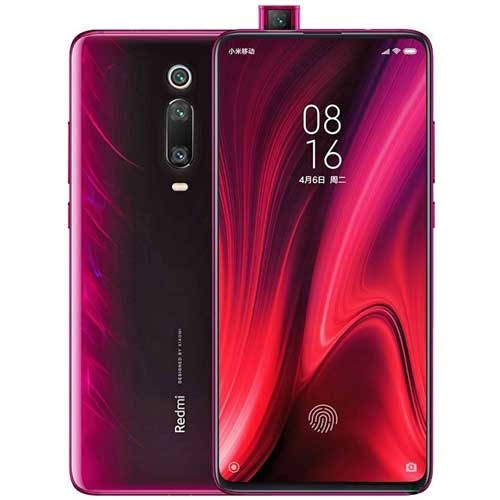
Xiaomi Redmi K20 Pro Premium Highlights and Overview
The Redmi K20 Pro Premium as the name implies, is the premium edition of Redmi K20 Pro launched earlier this year. The device retains similar body and design like it standard version, but comes with a more powerful Qualcomm CPU, and larger storage RAM and storage options.
It has a 6.39-inch Full HD+ AMOLED display with 86.2% screen-to-body ratio, thanks to the Pop-up front-facing camera. Under the hood, there the latest Qualcomm Snapdragon 855+ with up to 12GB of RAM and 512GB non-expandable storage. It has 8 layers of graphite 3D sheet for better heat dissipation, Game Turbo 2.0, runs Android 10 with MIUI 11 on top, has a 48-megapixel rear camera with Sony IMX586 sensor, 8-megapixel telephoto lens for 2x loss-less zoom and a 124.8° ultra-wide 13-megapixel sensor.
It has a 20-megapixel pop-up front camera with sapphire lens cover that can rise in 0.8 seconds, and according to Xiaomi, the rising mechanism has been tested 300,000 times. It has a seventh-generation optical in-display fingerprint sensor with 3P lens that is equivalent to a 7.2μm macro camera, which is 100% higher than the previous generation’s photosensitive area, and the finger area is also increased by 15%, which can capture the fingerprint optical signal better.
The phone features 3D curved design, and the back has a flame pattern in blue and red, while there is a unique kevlar gradient texture in black version. It packs a 4000mAh battery with support for 27W fast charging that lets you charge the phone up to 58% in half an hour. Other key specifications and silent features of the Xiaomi Redmi K20 Pro Premium are detailed in the specification table below.
Xiaomi Redmi K20 Pro Premium Full Specifications and Features
NETWORK
| Technology | GSM / HSPA / LTE |
| 2G Network Bands |
GSM 850 / 900 / 1800 / 1900 - SIM 1 & SIM 2 (dual-SIM model only) CDMA 800 & TD-SCDMA |
| 3G Network Bands |
HSDPA 850 / 900 / 1900 / 2100 CDMA2000 1xEV-DO |
| 4G Network Bands | LTE band 1(2100), 2(1900), 3(1800), 4(1700/2100), 5(850), 7(2600), 8(900), 20(800), 28(700), 38(2600), 39(1900), 40(2300), 41(2500) |
| Speed | HSPA 42.2/5.76 Mbps, LTE-A (3CA) Cat9 450/50 Mbps |
LAUNCH
| Also Known As |
- - |
BODY
| Dimensions | 156.7 × 74.3 × 8.8 mm (6.20 x 2.94 x 0.34 in) |
| Weight | 191 g (6.29 oz) |
| Build | Back glass (Gorilla Glass 5), aluminum frame (7000 series) |
| SIM Type | Dual SIM (Nano-SIM, dual stand-by) |
DISPLAY
| Display Type | Super AMOLED capacitive touchscreen, 16M colors |
| Size | 6.39 inches, 100.2 cm2 (~95.2% screen-to-body ratio) |
| Resolution | 1080 x 2340 pixels, 19.5:9 ratio (~403 ppi density) |
PLATFORM
| Operating System | Android 10; MIUI 11 |
| Chipset | Qualcomm SDM855 Snapdragon 855+ (7 nm) |
| CPU | Octa-core (1x2.96 GHz Kryo 485 & 3x2.42 GHz Kryo 485 & 4x1.8 GHz Kryo 485) |
| GPU | Qualcomm Adreno 640 |
MEMORY
| RAM + ROM | 8/12 GB |
| Card Slot | Yes, up to 256 GB via microSD card (uses SIM 2 slot) |
MAIN CAMERA
| Camera Type | Triple Lenses |
| Camera Sensor(s) | 48MP + 8 MP + 13 MP main camera |
| Camera Features |
Autofocus Continuous shooting Digital zoom Optical zoom Digital image stabilization Geotagging Panorama HDR Touch focus Face detection White balance settings ISO settings Exposure compensation Self-timer Scene mode Macro mode RAW Sensor size - 1/2" Pixel size - 1.6 μm (4-in-1 pixel binning) Phase detection Laser autofocus Contrast autofocus Sapphire crystal glass lens cover 6-element lens Focal length (35 mm equivalent) - 27 mm 1080p @ 960 fps 720p @ 960 fps Secondary rear camera - 12 MP (telephoto) Sensor model - Samsung S5K3M5 (#2) Sensor type - ISOCELL (#2) Sensor size - 1/3.4" (#2) Pixel size - 1.0 μm (#2) Aperture size - f/2.2 (#2) 6-element lens (#2) Focal length (35 mm equivalent) - 51 mm (#2) Third rear camera - 16 MP (ultra-wide angle) Sensor model - Sony IMX481 Exmor RS (#3) Sensor size - 1/3" (#3) Pixel size - 1.0 μm (#3) Aperture size - f/2.2 (#3) 6-element lens (#3) Focal length (35 mm equivalent) - 17 mm (#3) Angle of view - 117° (#3) |
| Video Resolution | 2160p@30/60fps, 1080p@30fps, 1080@120fps, 1080p@240fps, 1080p@960fps |
SELFIE CAMERA
| Camera Type | Single Lens |
| Camera Sensor(s) | 20-megapixel |
| Camera Features |
f/2.0 aperture 1/4" Pixel Size, 1.0µm, Autofocus |
| Video Resolution | 1080p@30fps |
SOUND
| Loudspeaker | Yes |
| Speaker Location | Chin, below display |
| Audio Jack Type | Yes, 3.5mm audio jack |
CONNECTIVITY
| Bluetooth | Bluetooth 5.0, A2DP, LE, aptX HD |
| NFC | |
| GPS | Yes, with dual-band A-GPS, GLONASS, BDS, GALILEO, QZSS |
| FM Radio | No |
BATTERY
| Battery Capacity | Non-removable Li-Po 4000 mAh battery |
| Wireless Charging | Yes, Fast wireless charging 20W |
| Talk Time Talk Time is the longest time that a single battery charge will last when you are constantly talking on the phone under perfect conditions, Ambient temperature and highly dependent on the cellular network environment such as the distance to the closest cell network tower. | Up to 24 hours |
| Stand-by | Up to 380 hours |
OTHER FEATURES
| Sensors | Fingerprint (side-mounted), accelerometer, proximity, compass |
| Box Contents | Charging Brick / USB cable |
Xiaomi Redmi K20 Pro Premium User Reviews and Opinions
Disclaimer Note
This specification was entered manually, hence we CANNOT guarantee 100% accuracy. Any error? Let us know in the comment section.






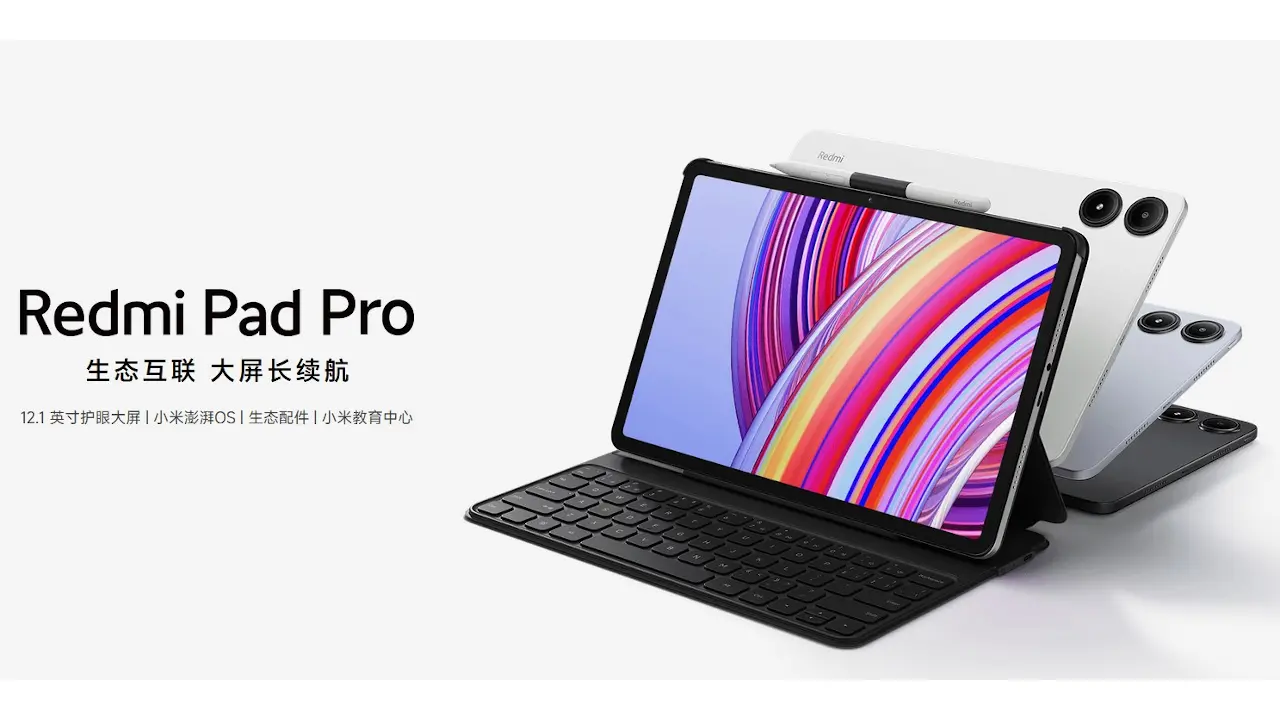
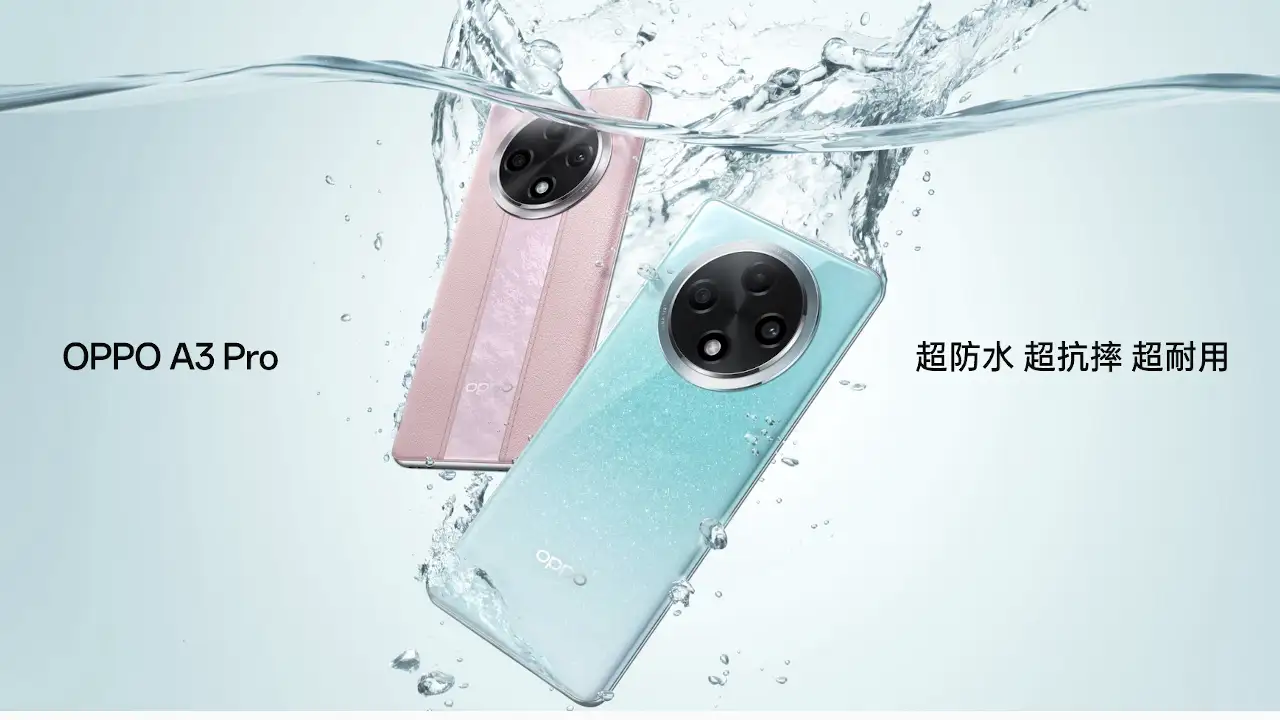

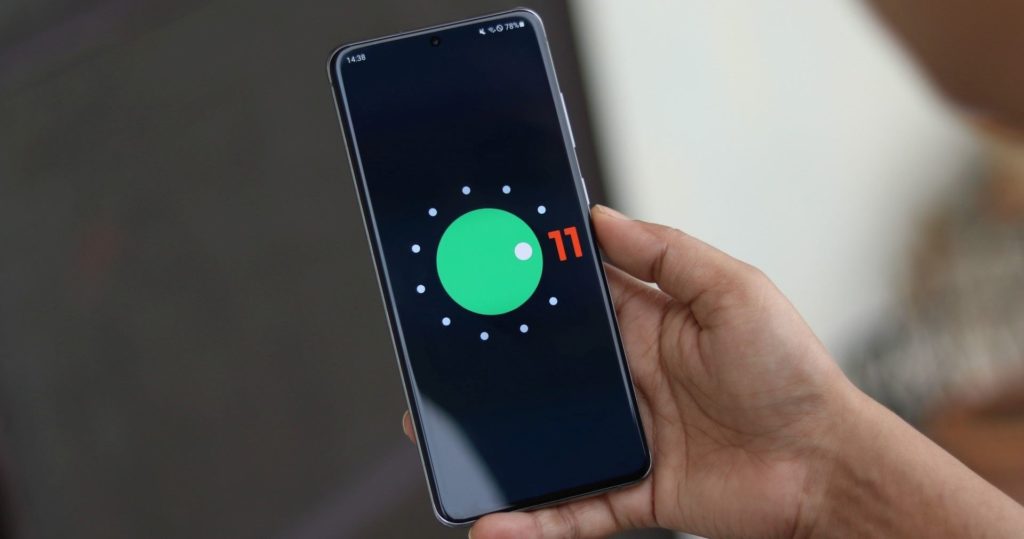
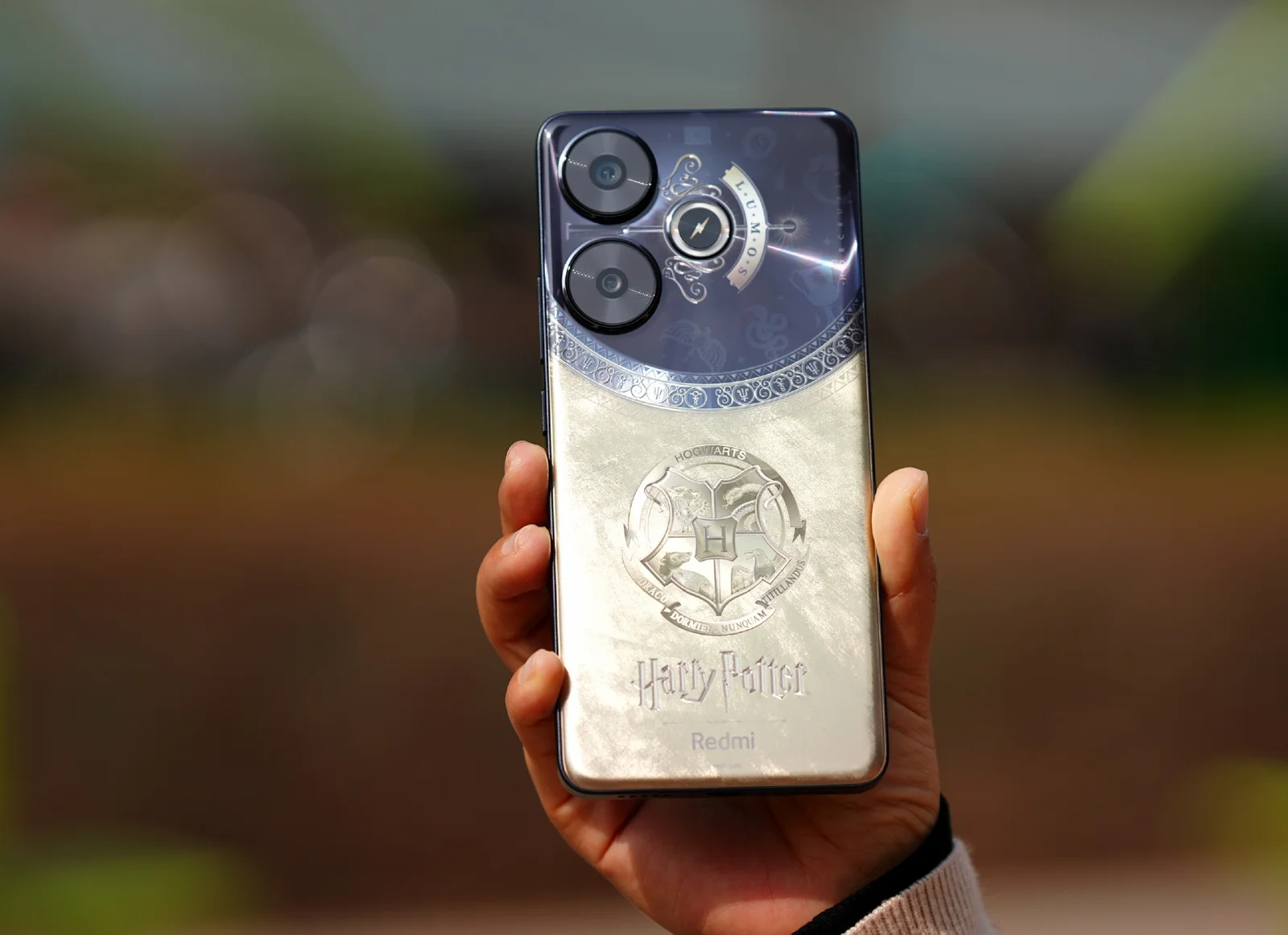
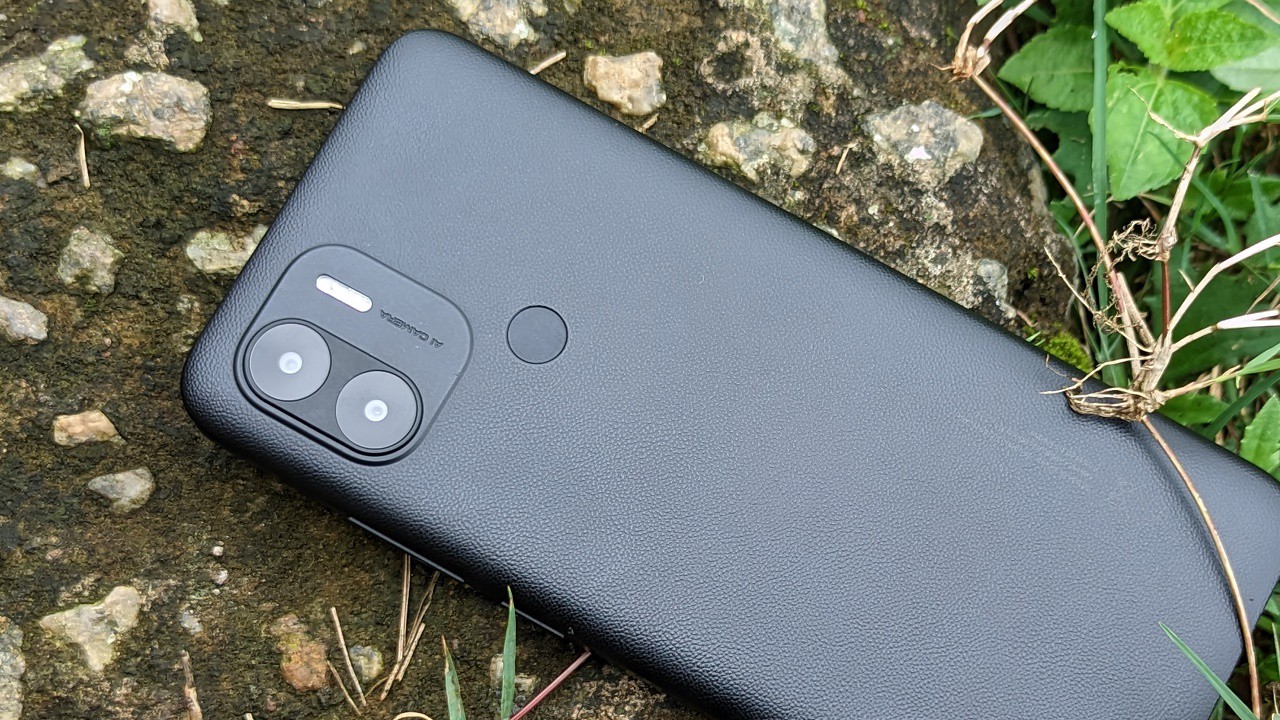
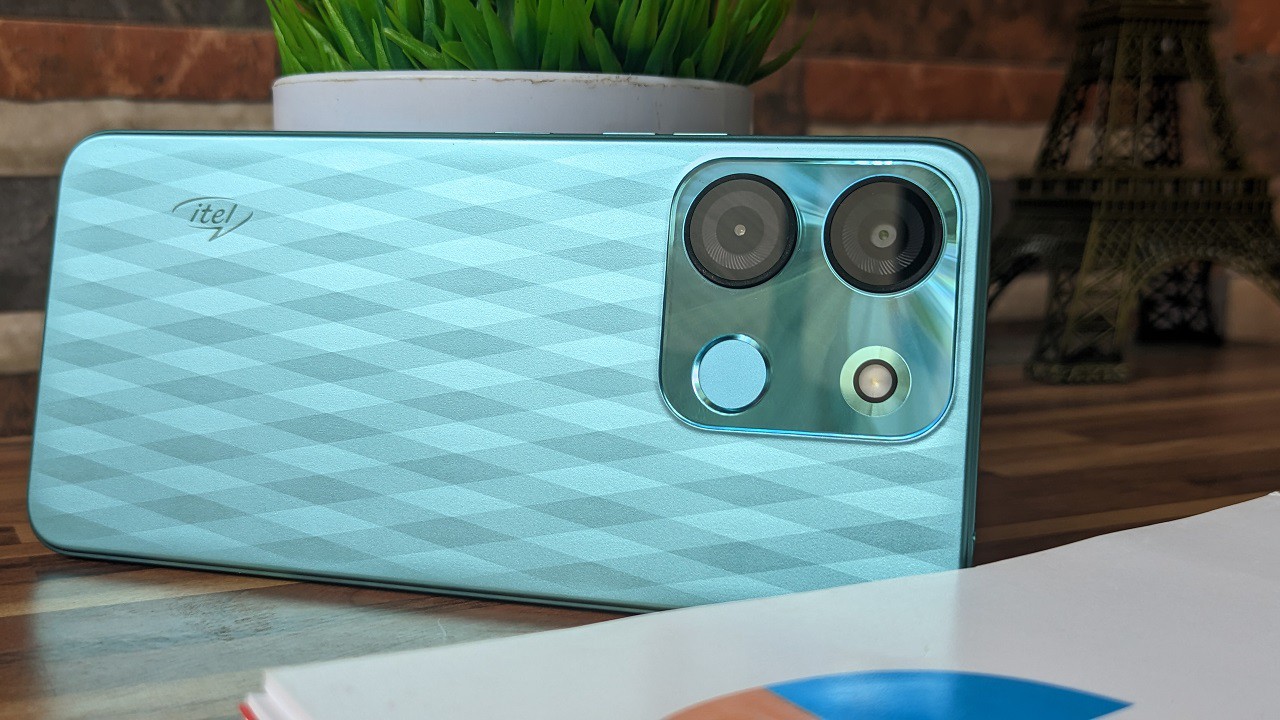
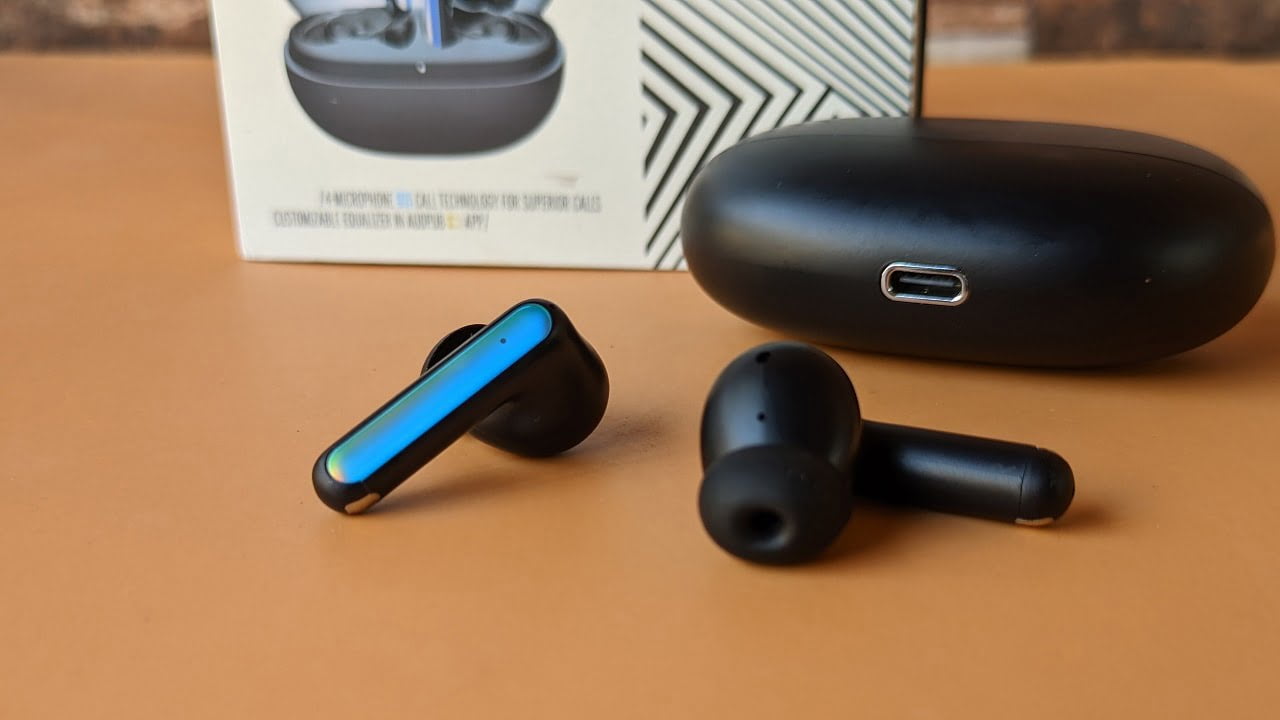
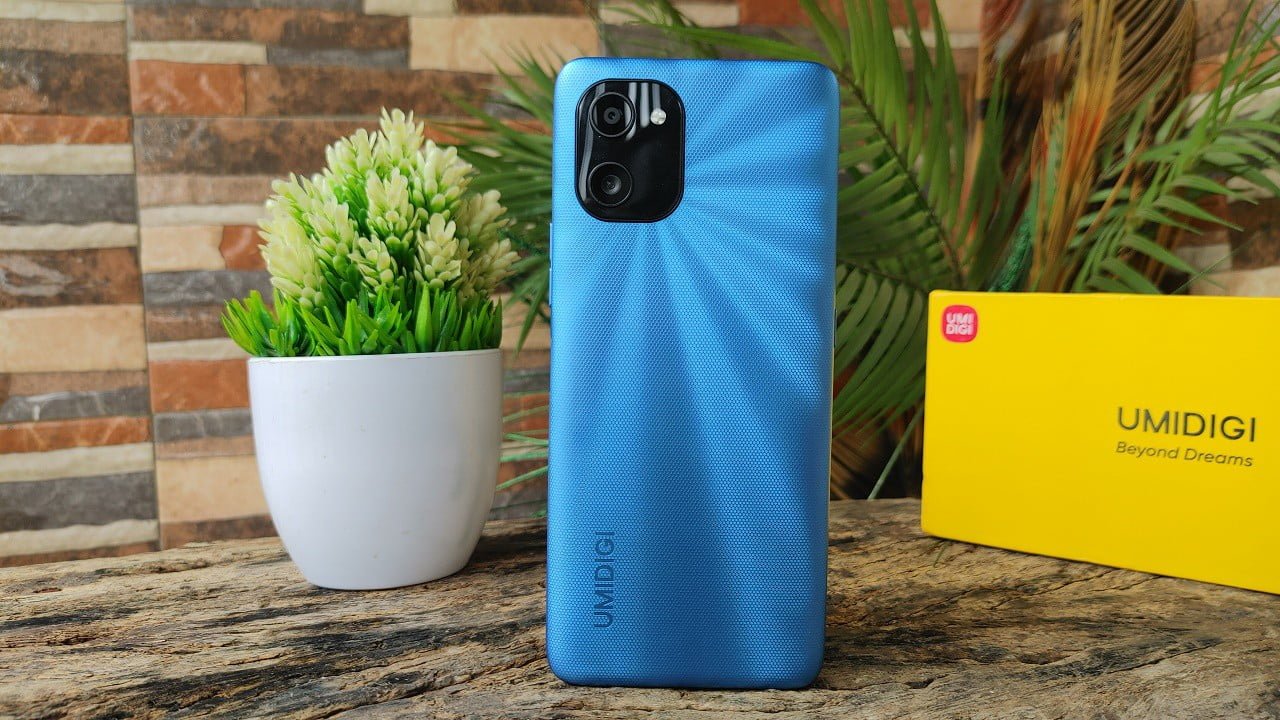
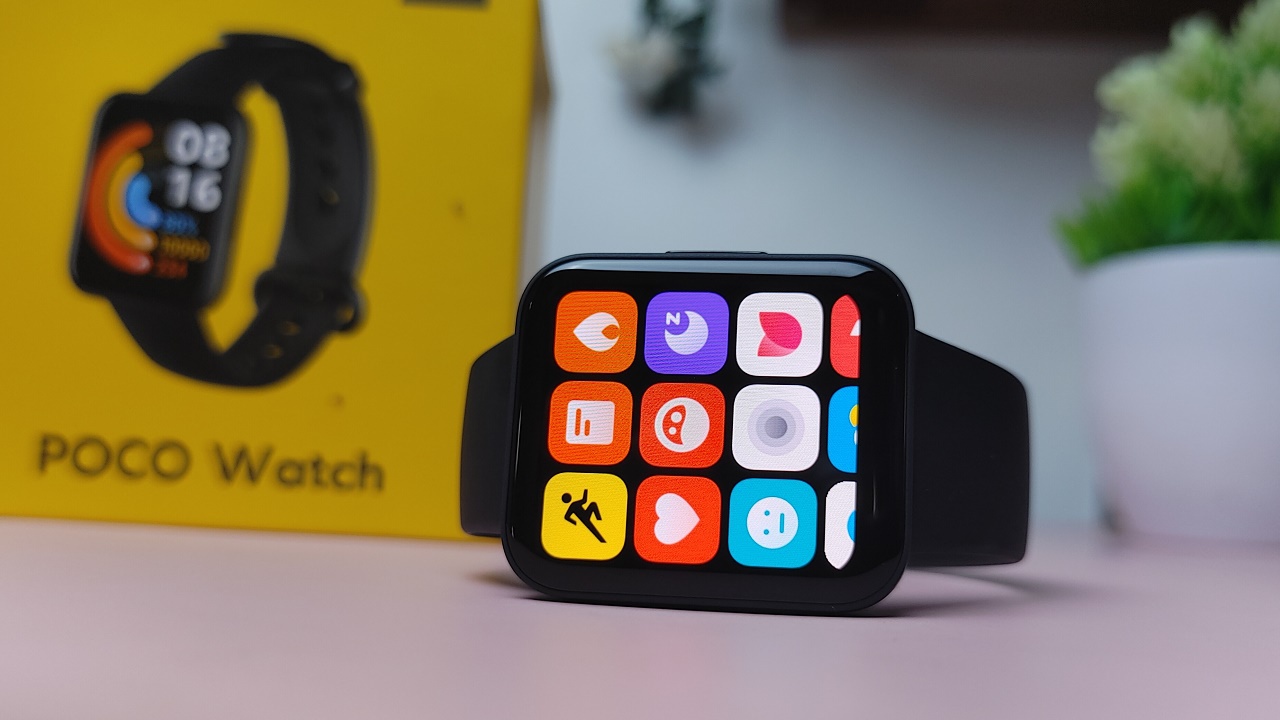
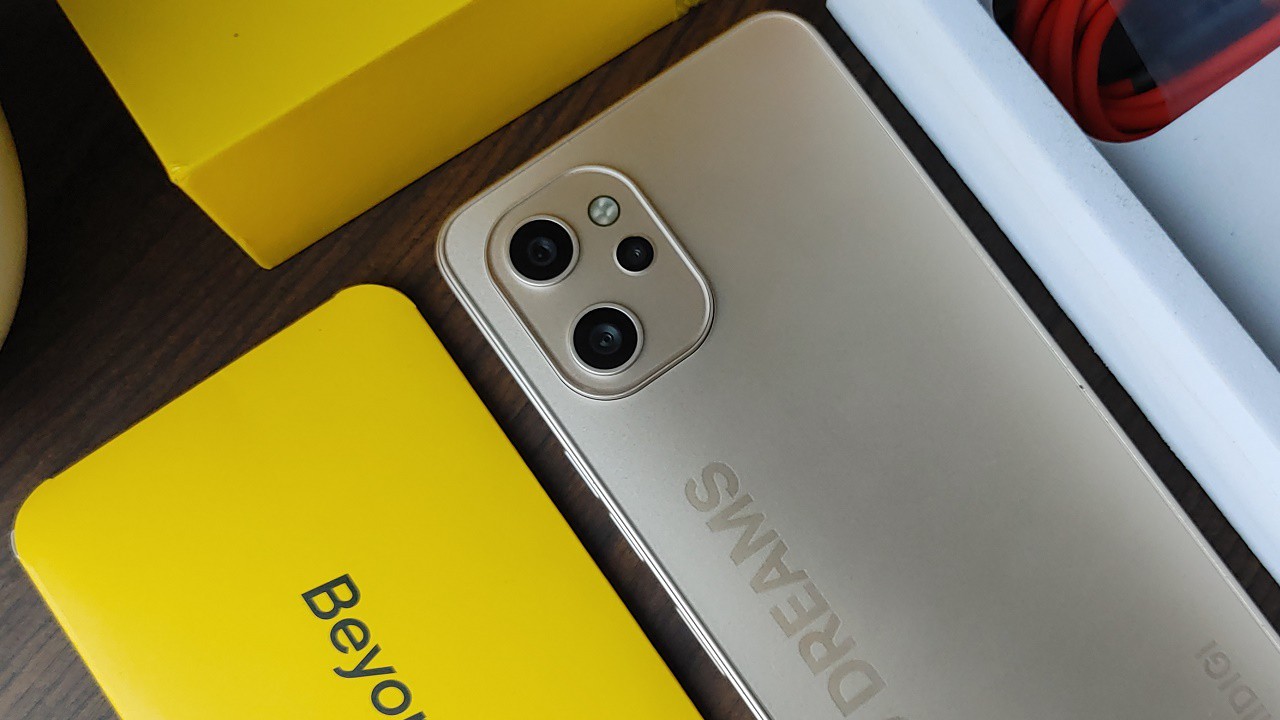
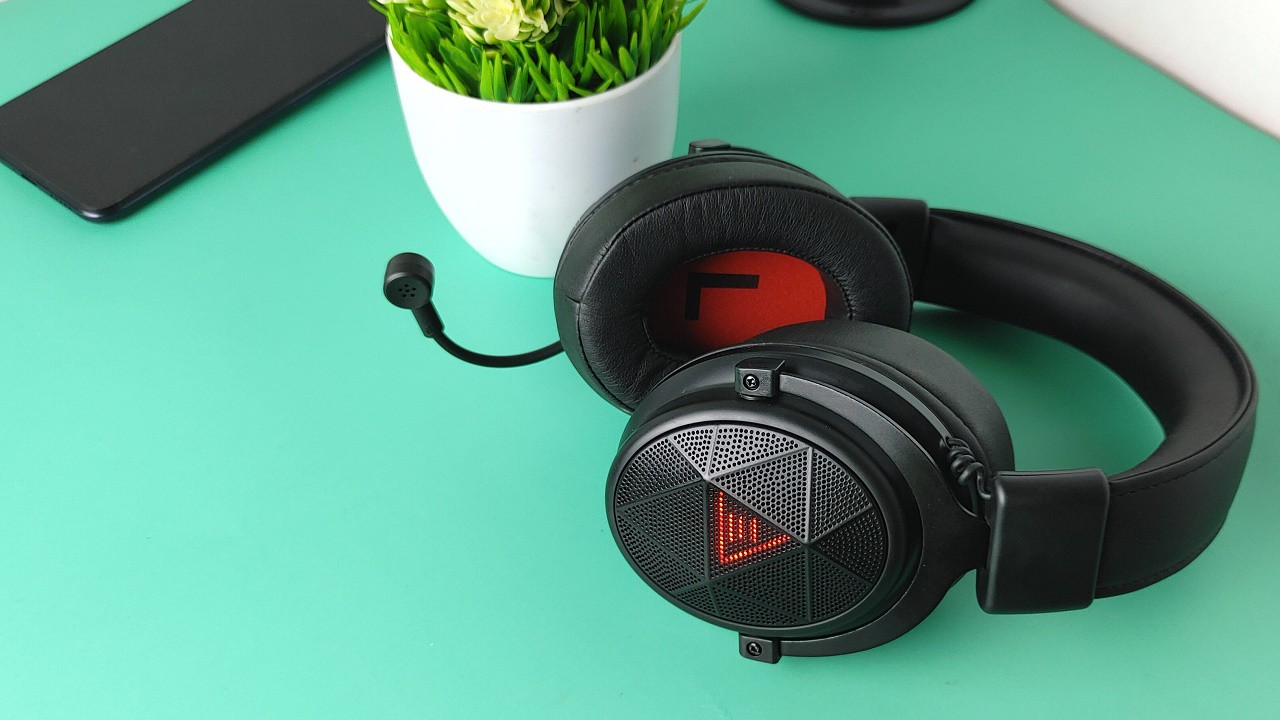

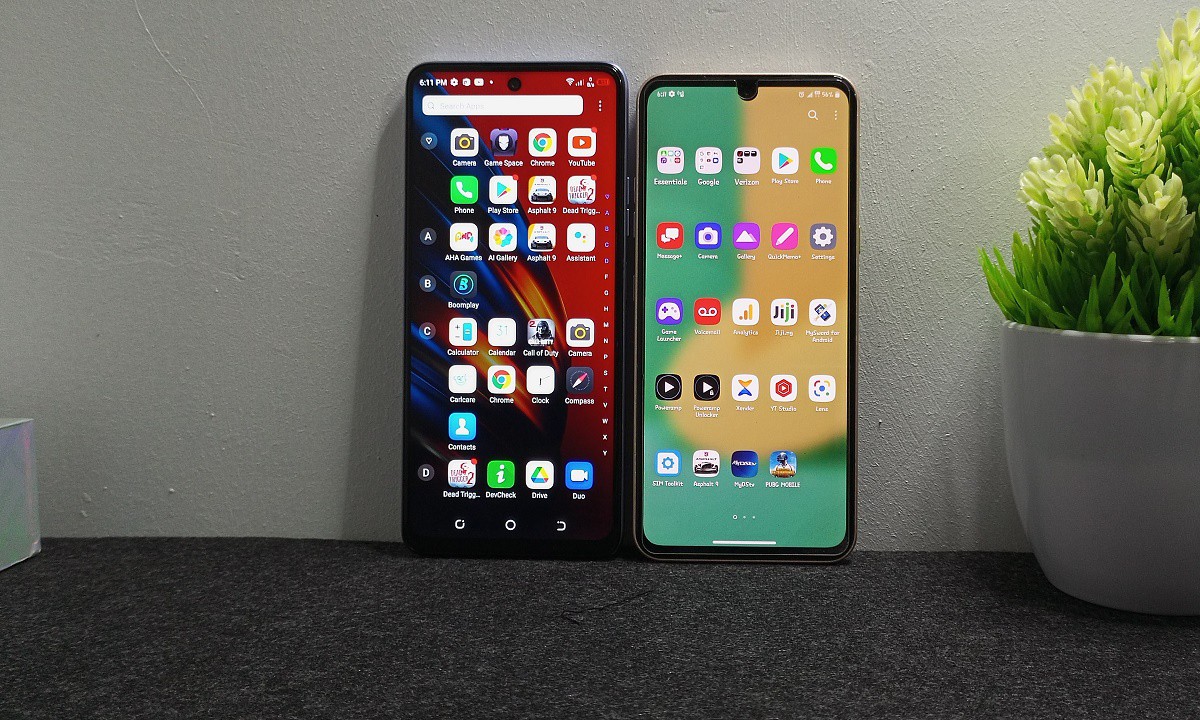
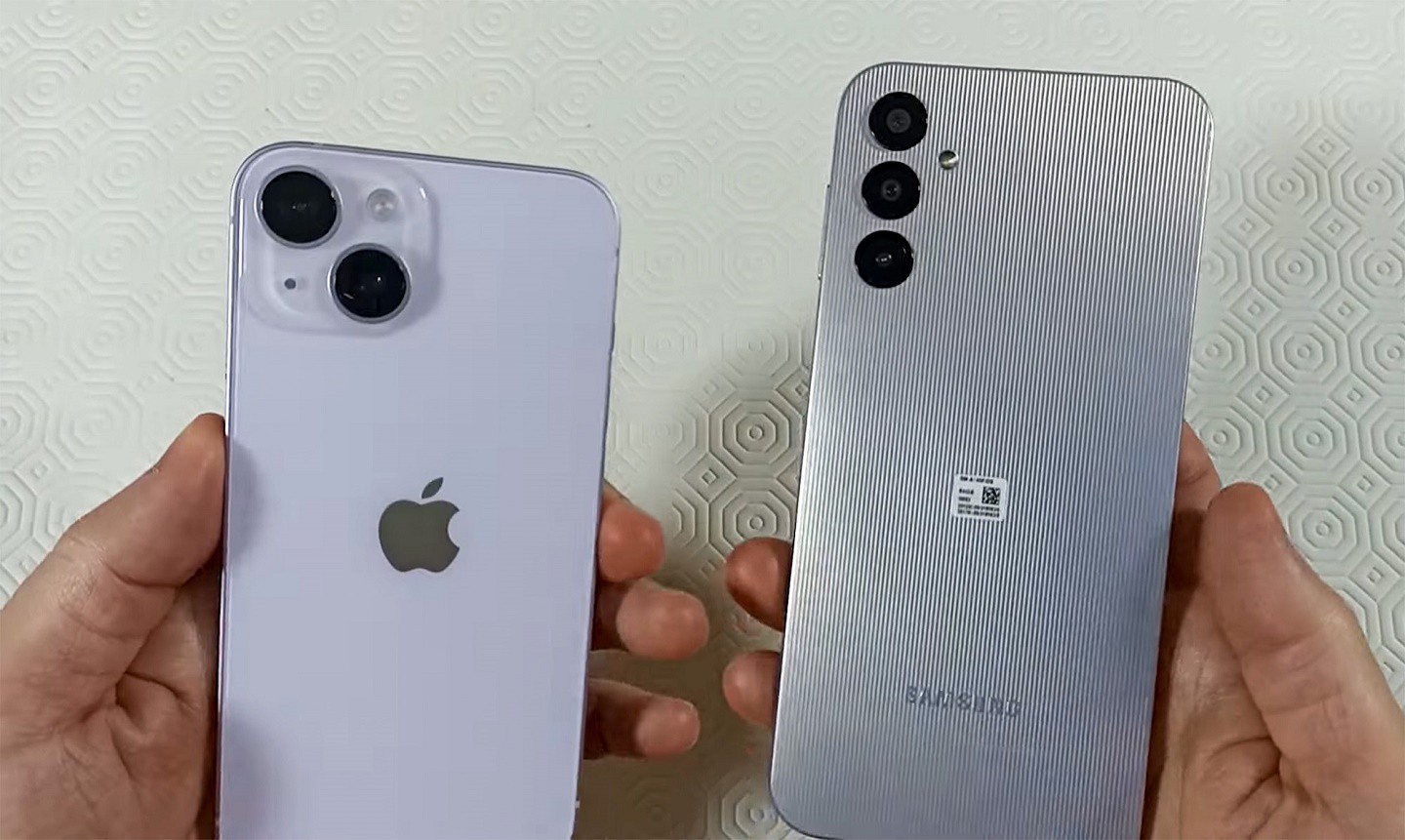
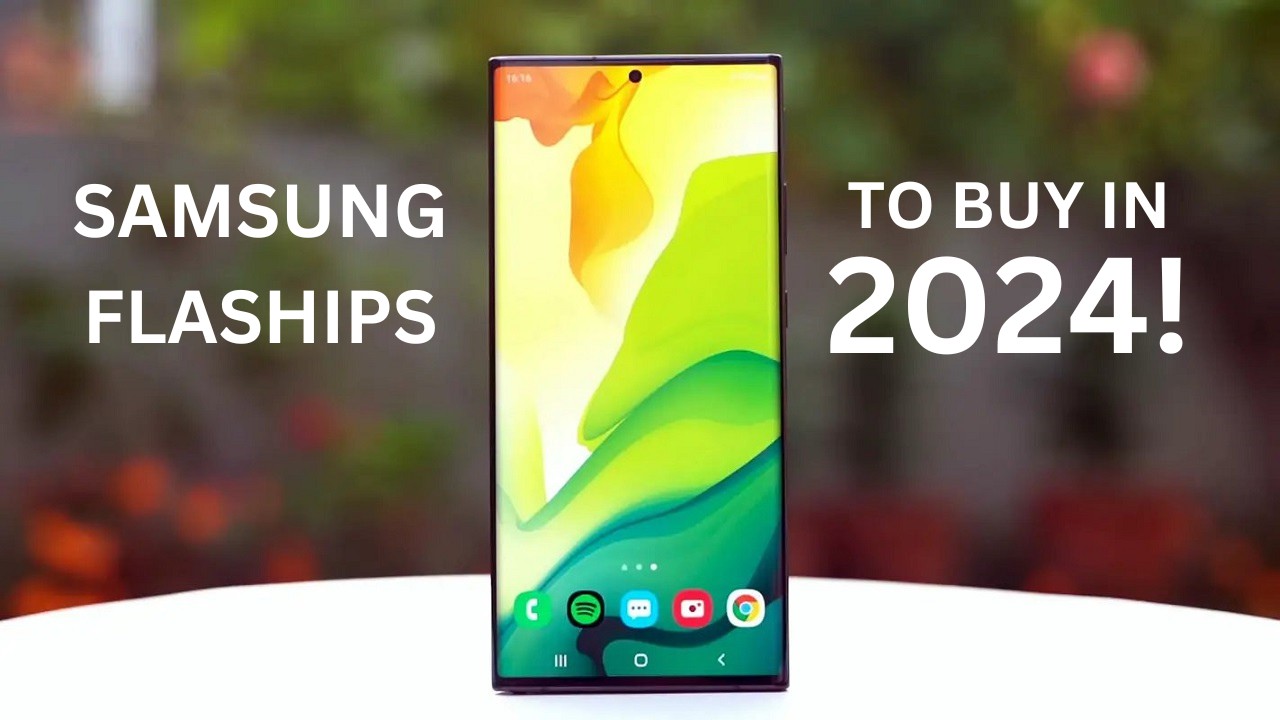
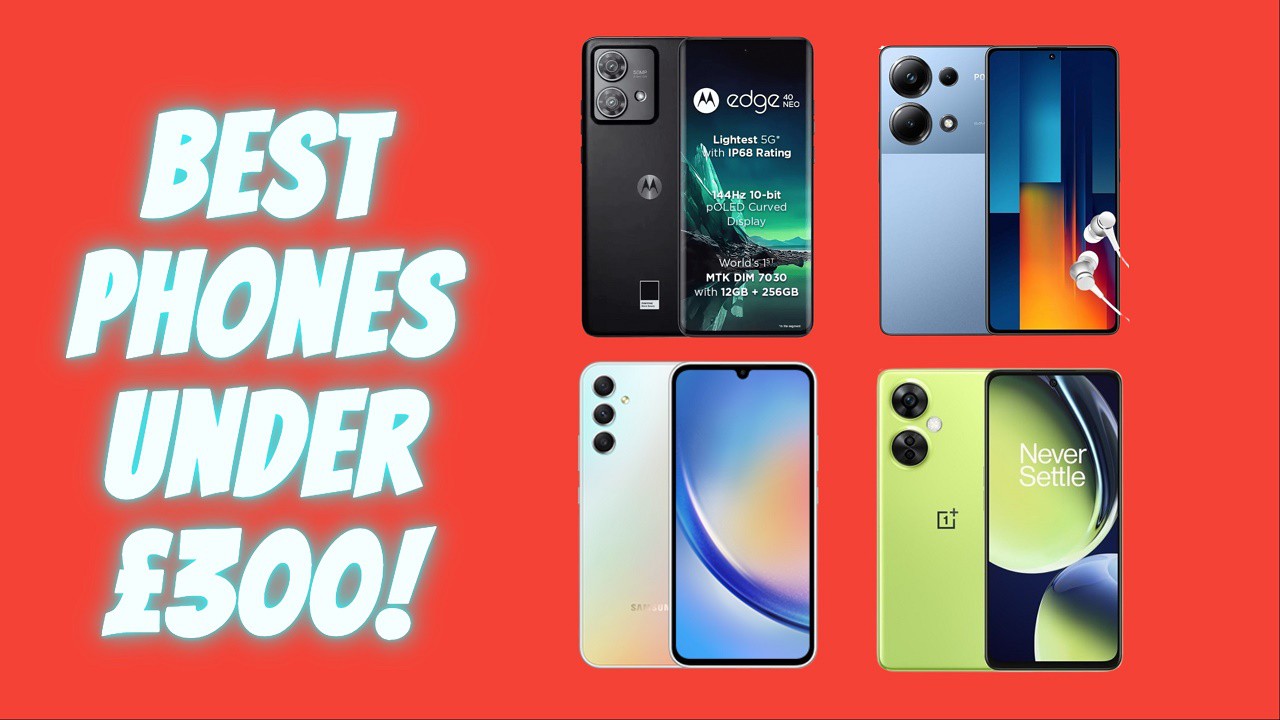
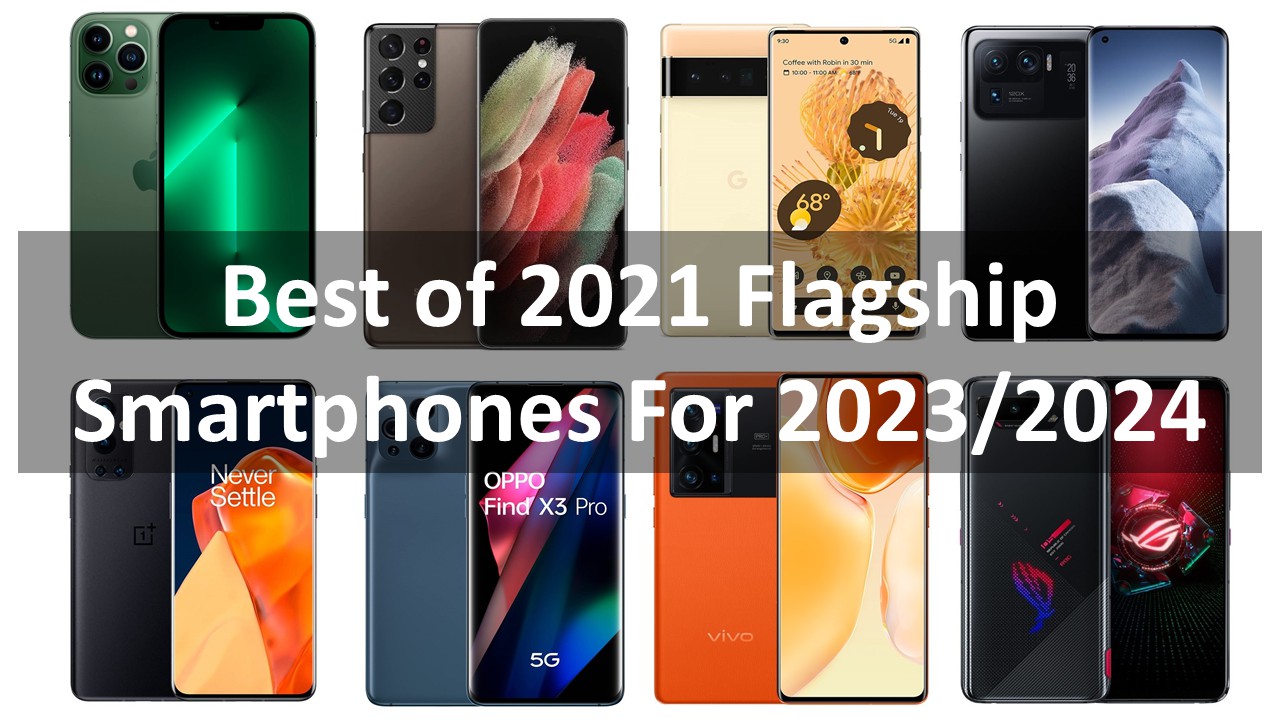
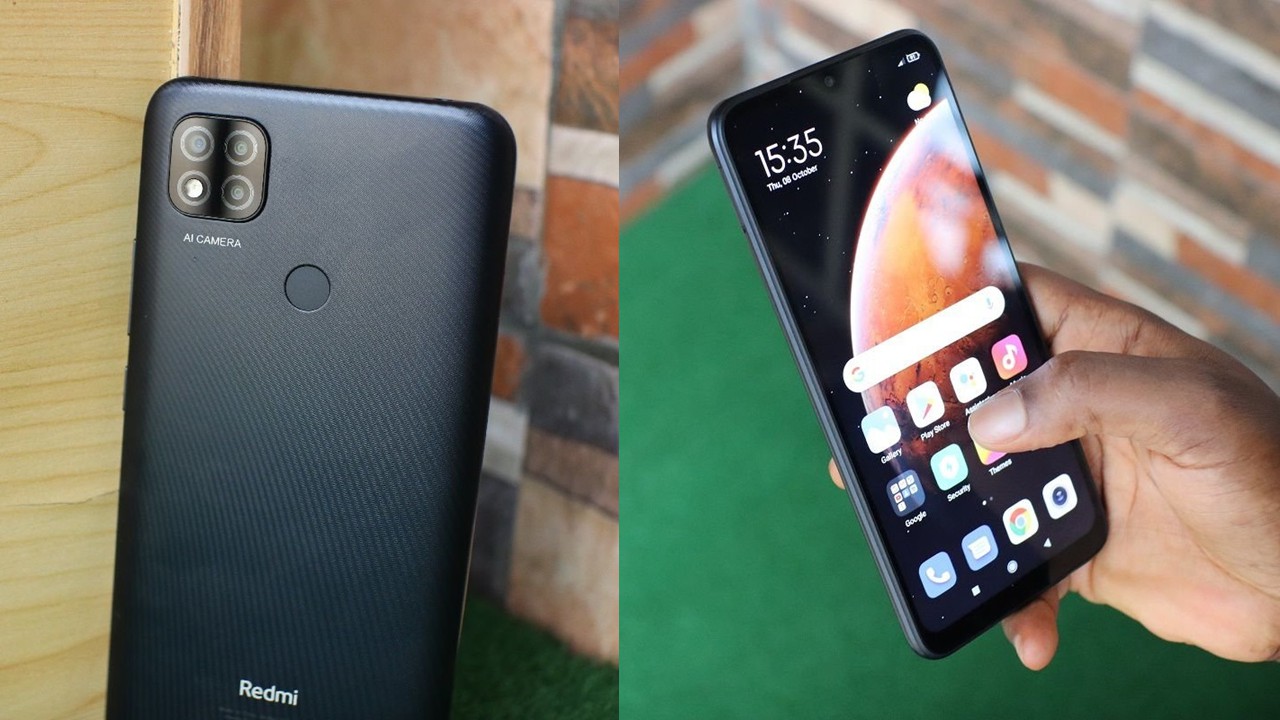

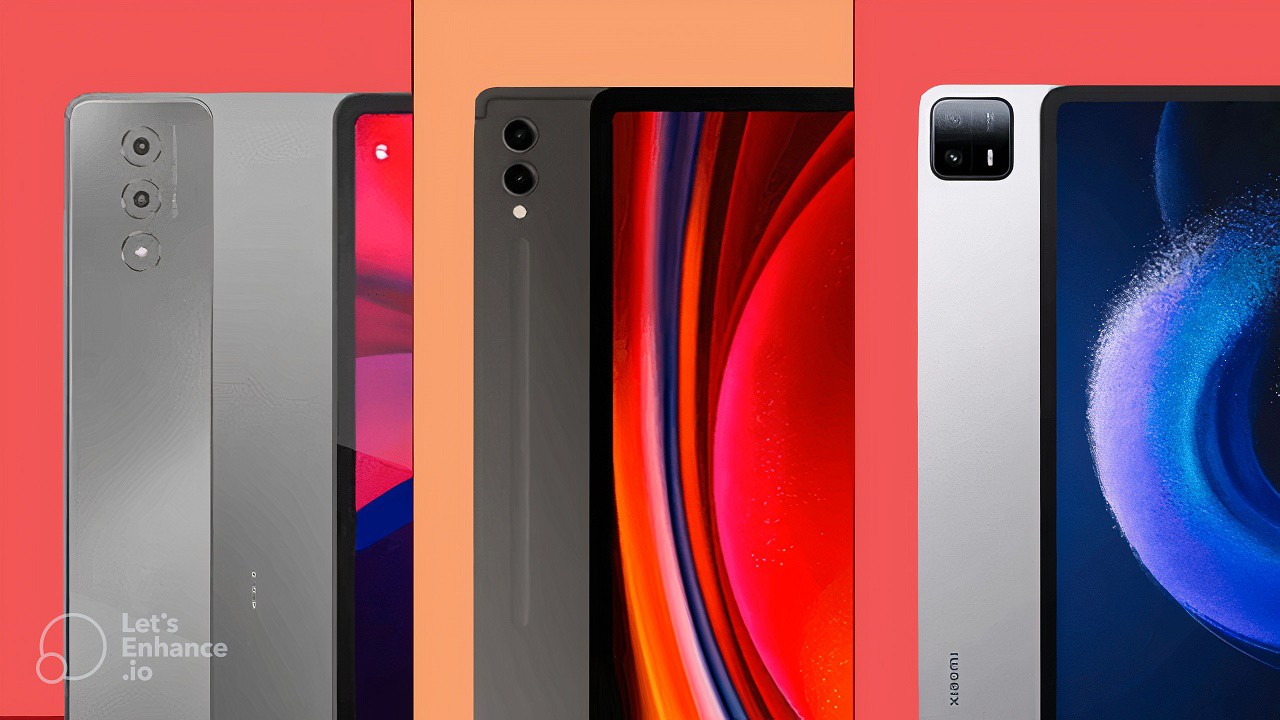
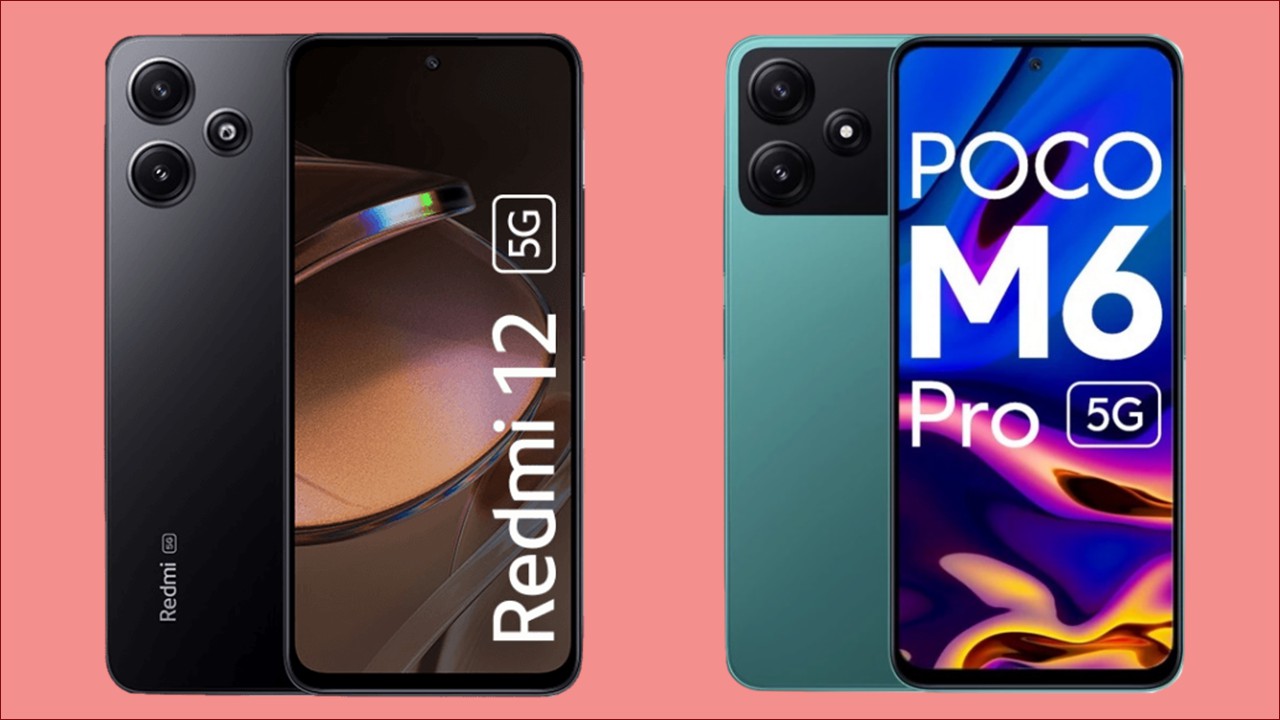

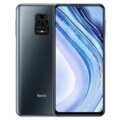
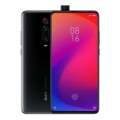
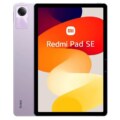
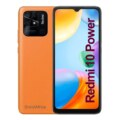
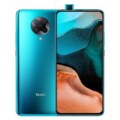
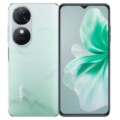
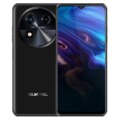
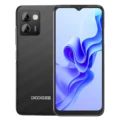
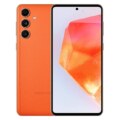
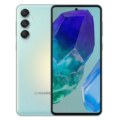
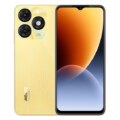

Leave a Reply